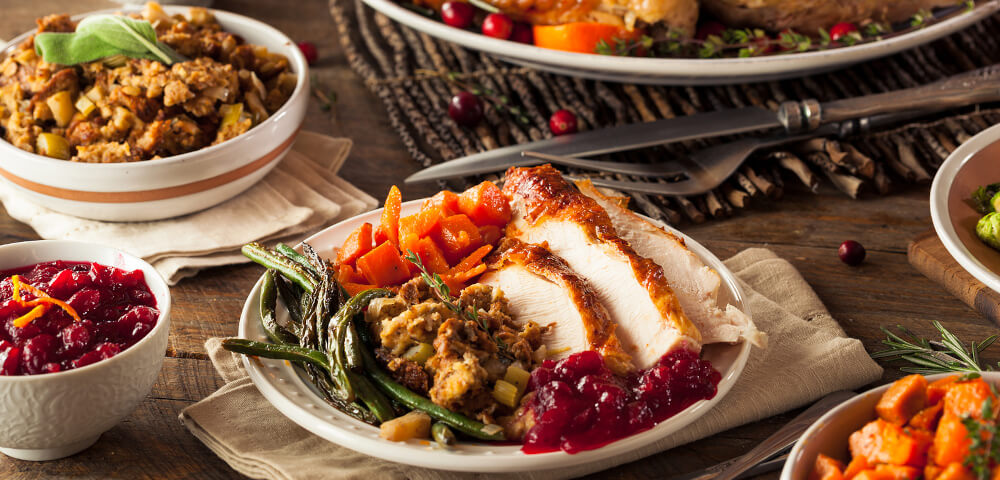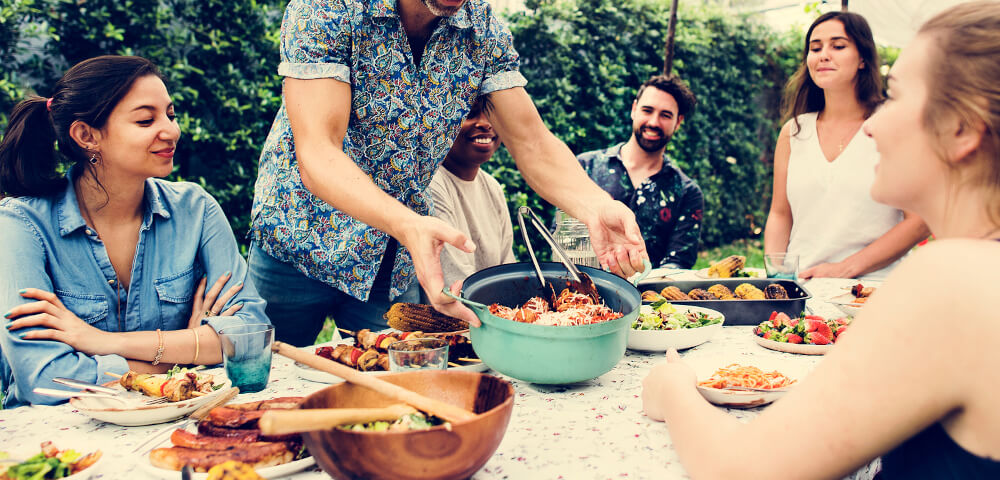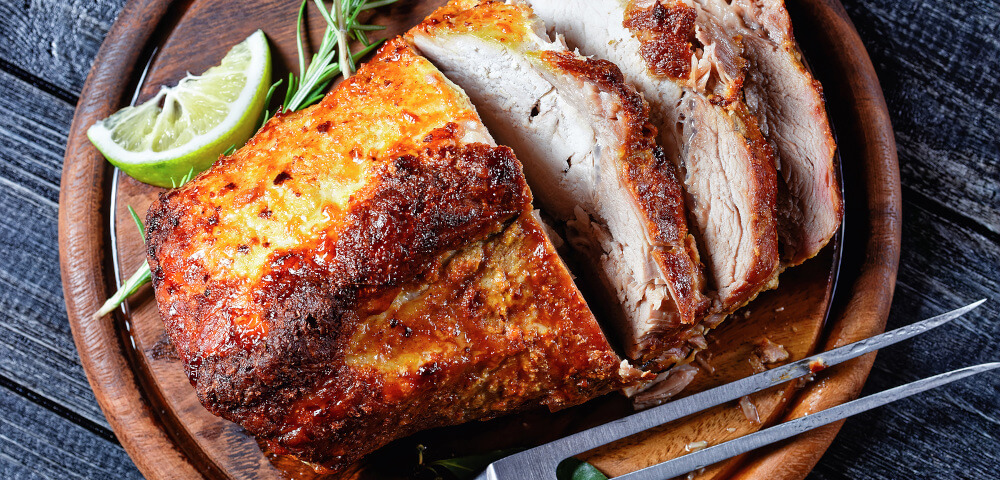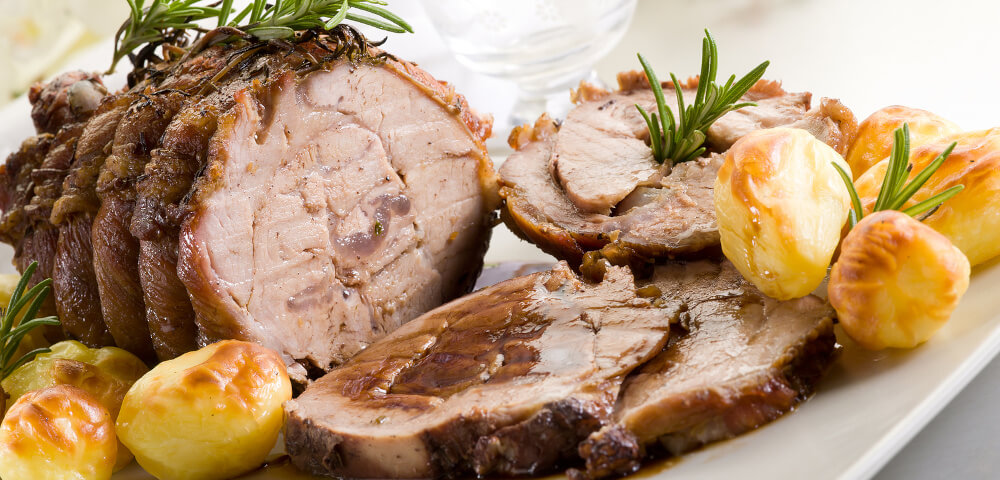- Sunday Lunch
The History of Sunday Lunch
The concept of the Sunday Lunch, often called a "Sunday Roast", dates to the 15th century during the reign of King Henry VII. It is thought to have originated to celebrate the Sunday sabbath with a hearty meal after church.

Sunday Lunch quickly became popular among households, creating family communion and togetherness. This Sunday celebration blends relaxation, connection, and great food, creating moments to treasure between loved ones.
For years after the event's conception, no strict food items were associated with Sunday Lunch. People mainly enjoyed a mix of bread, fish, pies and available leftovers. The Sunday Roast took centre stage as the centrepiece of the traditional Sunday Lunch at the beginning of the 18th century.

A classic roast dinner typically features roasted meat, such as beef, chicken, pork, or lamb, accompanied by crispy roast potatoes, seasonal vegetables, and Yorkshire puddings. These are served with gravy and sometimes condiments such as horseradish or mint sauce. This selection of hearty British food was perfect for maintaining Sunday Lunch's status as an event to be cherished without financial strain.

Sunday Roast continued to gain popularity leading into the 20th century, which is regarded as the establishment of Sunday Roast as a key tradition in British culture throughout WW1 and WW2. The event's likely peak popularity was between the 1950s and 1960s when family traditions and home-cooked meals were central to daily life.

Leading into the 21st century, the tradition of home-cooked Sunday Lunch began to diverge from its historical roots. Busier lifestyles, dual-income households, and a growing dining-out culture have led more people to seek out Sunday Lunches at restaurants rather than preparing them at home. Venues across the UK embraced this shift, as they began offering Sunday Roasts and a plethora of other food options as an alternative.
Click here for all the best Sunday Lunch venues in the UK.
Share this article
Find the perfect brunch
Start your search now ›Related Articles
- Brunch
- Sunday Lunch
The Cut & Craft - Venues A "Cut" Above The Rest
Experience food that is a step above at The Cut & Craft. With delicious Brunches and hefty Sunday Lunches, it's the perfect place for great food! Read more- Easter
- Sunday Lunch
The Best Spots For Your Last Minute Easter Sunday Lunch
If you're seeking a delightful Easter Sunday lunch without the stress of cooking, several UK restaurants offer last-minute options to make your celebration special. From elegant dining experiences to family-friendly venues, here's a curated list of top spots for Easter Sunday lunch Read more- Breakfast
- Brunch
- Bottomless Brunch
- Sunday Lunch
Introducing Browns
Browns have established itself as a familiar favourite in the restaurant scene, successfully winning the hearts (and tastebuds) of many loyal Brunchers. Read more- Sunday Lunch
Introducing Bread Street Kitchen
Bread Street Kitchen is a renowned restaurant chain founded by celebrity chef Gordon Ramsay. Read more- Mother's Day
- Sunday Lunch
Celebrate Mother's Day at Malmaison
Celebrate Mother’s Day at Malmaison with a range of exceptional offers, providing the remarkable women in your life with an unforgettable culinary experience for a great price. Read more- Breakfast
- Weekend Brunch
- Sunday Lunch
Introducing ROE
Brought to you from the trio behind the critically acclaimed sister restaurant Fallow St James’s and FOWL. Read more- Breakfast
- Brunch
- Sunday Lunch
- Vouchers
- Bottomless
Brunch, Breakfast & Sunday Lunch Gift Vouchers
The Bruncher shop offers a variety of Brunch, Breakfast & Sunday Lunch vouchers for some of your favourite venues at great prices. Read more- Sunday Lunch
Best Sunday Lunches In Leeds
Leeds venues that serve crispy roast potatoes, juicy joints of slow-roasted meat, signature Yorkshire puddings and much more. Read more- Sunday Lunch
Introducing Oxo Tower Brasserie
The Oxo Tower Brasserie is a must-visit destination for any restaurant bucket list. With its stunning views, convenient location, and delicious food this is the central spot for central London indulgence. Read more- Michelin-star
- London
- Brunch
- Sunday Lunch
Introducing Dovetale
Michelin-star Restaurant in 1 Hotel Mayfair, London Read more- Breakfast
- Brunch
- Sunday Lunch
Introducing The Ivy Collection
Choose The Ivy to book your next breakfast, brunch or Sunday lunch. Read more- Breakfast
- Brunch
- Sunday Lunch
- London
Introducing Grind London Restaurants
Discover Grind Restaurants across London for Breakfast, Brunch, and Sunday Lunch. Read more- Sunday Lunch
- Gift Voucher
Traditional Sunday Roast For Two Gift Voucher - £49
Looking for a Christmas gift with a difference? Read more- Vouchers
- Sunday Lunch
- Brunch
- Guide
- Breakfast
Brunch in Wimbledon
Game, Set, Match! Serves Up: The Best Wimbledon Brunches Read more- Brunch
- London
- Sunday Lunch
- Sunday Lunch London
- New Openings
Introducing Brunch & Sunday Lunch at The Kensington Hotel
Experience the culinary essence of The Kensington. Discover an array of dining options from elegant brunch to family-style Sunday roasts, all nestled in the heart of South Kensington. Join us for an unforgettable journey of taste and sophistication. Read more- Sunday Lunch
- London
Introducing The Lanesborough Grill
Executive Chef Shay Cooper is one of England’s most talented chefs, with Michelin stars and AA rosettes under his belt from Hotel Endsleigh, The Bingham in Richmond and The Goring Hotel. Read more- Sunday Lunch
42% Off View from The Shard & 3 Course Meal at Marco Pierre White's London Steakhouse Co for Two
Save 42% on a visit to The View from The Shard and a three course meal at Marco Pierre White's London Steakhouse Co for two people, including a cocktail, now just £113 (normally £192). Read more- Breakfast
- Sunday Lunch
Introducing The Queens Hotel Portsmouth
Located in the heart of Southsea and housed in a grade II listed building, The Queens Hotel is the perfect venue for breakfast and Sunday Lunch, offering uninterrupted views of Southsea Common and the Solent, all the way over to the Isle of Wight. Read more- Sunday Lunch
- Recipes
